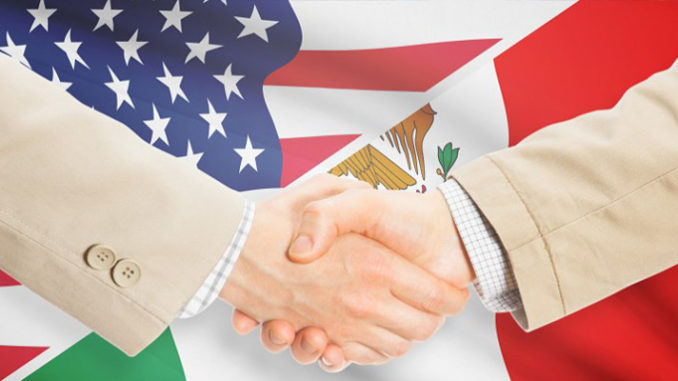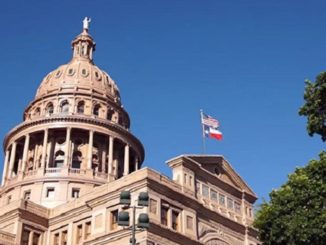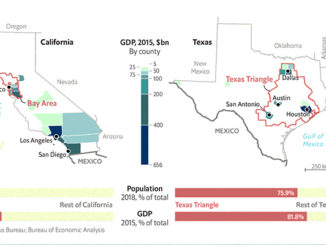
b
The rise of the United States as the world’s largest producer and growing exporter of natural gas puts energy at the center of its trade negotiations. This month, U.S. Trade Representative Robert Lighthizer has been urging Democrats to support the new United States-Mexico-Canada Agreement — a deal intended to lower the trade deficit between the U.S. and Mexico.
As CEO of San Antonio-based Howard Energy Partners, I have watched over the past eight years as the energy supply and demand dynamics that drive midstream companies’ business in Texas have become increasingly tied to locations along and across our southern border. This experience has taught me the importance of developing natural gas infrastructure along the border, and why it’s so important Washington update its policies to make future development easier.
My company, which has already partnered with Mexico’s Grupo CLISA to build a 200-mile natural gas pipeline from South Texas to Monterrey, has approximately 700 miles of pipeline along the border, gathering production from the Eagle Ford, Escondido, Olmos and Pearsall formations, among others.
Before the Nueva Era Pipeline was built, we would indirectly transport gas to Mexico through gas markets at the Houston Ship Channel or Agua Dulce. Having pipeline assets close to the U.S.-Mexico border and being a San Antonio-based company, we were compelled to figure out how to leverage those assets. Crossing the border directly into Mexico to supply a growing need was the perfect solution. Now, the Nueva Era Pipeline provides a direct connection and a whole new market for natural gas.
The pipeline’s completion in June 2018 completely changed the flow of gas along a portion the U.S.-Mexico border by transporting over half a billion cubic feet of natural gas per day to Mexico. This is enough gas transported every day to generate electricity for over 12,000 homes for an entire year.
Mexico’s natural gas production has been declining since 2010, and the country has become highly dependent on imports from Texas. Natural gas is cleaner, more reliable on an industrial scale and more affordable than the existing energy sources used in Mexico. Mexico imports over five billion cubic feet of natural gas per day from the U.S., up from almost two billion cubic feet per day in 2012. With growing demand from new power plants and factories, that figure is expected to increase to nearly 10 billion cubic feet per day by 2028.
To meet this demand, Mexico has invested approximately $10 billion to install nearly 3,000 miles of natural gas pipelines since 2014, but many projects have faced long delays.
All this appetite for natural gas in Mexico, coupled with its increasing production in America, means people of both countries would greatly benefit from the support of a unique institution like the North American Development Bank. The bank, created under the auspices of NAFTA in 1994, can help fund important midstream infrastructure projects that will support more jobs and economic development on the northern side of the border and increase the supply of critical natural gas on the southern side of the border.
The bank, based in San Antonio, is jointly funded by the U.S. and Mexico to finance public and private infrastructure projects, such as water and sewage transportation and treatment, renewable energy generation and public transportation systems. Currently, NADB does not have explicit authority to fund natural gas-related projects. HR 132 filed by U.S. Rep. Henry Cuellar (D-Laredo) and SR 267 filed by U.S. Senator John Cornyn (R-Texas) would change that, while also providing the first capital increase in the history of the bank.
The passage of these bills would authorize the financing of cross-border natural gas pipelines and natural gas-fired power plants, as well as projects that enhance cross-border energy distribution and energy security between the U.S. and Mexico.Expanding the scope of the NABD’s mandate to include natural gas projects is a natural and logical evolution — with great potential to improve quality of life and benefit both sides of the border. Let’s hope Washington uses common sense and makes this a reality.
Howard is CEO of Howard Energy Partners.



